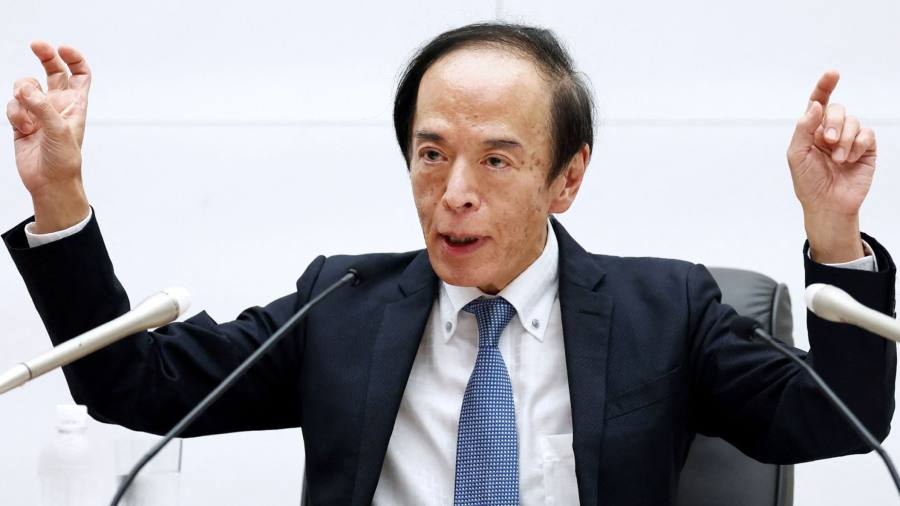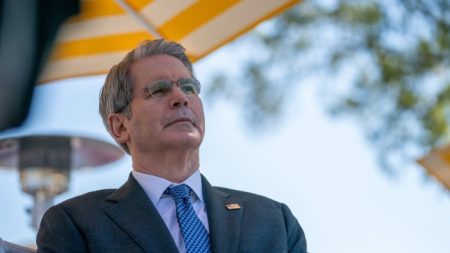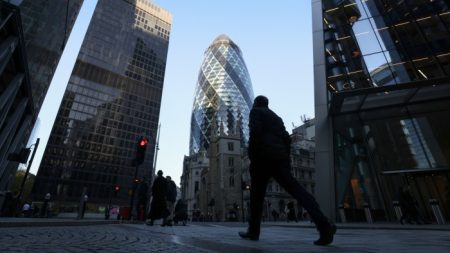Receive free Japanese war on deflation updates
We’ll send you a myFT Daily Digest email rounding up the latest Japanese war on deflation news every morning.
Kazuo Ueda has passed his first big test as governor of the Bank of Japan. With last week’s cleverly designed tweak to yield curve control — as the BoJ’s cap on 10-year bond yields, in place since 2016, is known — he appears to have pulled off the delicate task of changing that policy without causing financial markets to fear an imminent rise in interest rates. Ueda’s careful, patient stance is sound: Japan needs to entrench a habit of raising wages before the interest rate cycle turns downwards in the rest of the world. Rather than the BoJ, it is Japan’s government that has more to do on economic policy.
The central bank’s immediate challenge last week was to raise the cap on 10-year bond yields from 0.5 per cent without signalling a normalisation of policy. It did this by keeping the 0.5 per cent figure in place but said it will now regard this as a “reference”; it raised the hard cap on yields to 1 per cent. The tactical success of this manoeuvre is clear from the limited market reaction, with 10-year yields rising modestly to around 0.6 per cent, while the yen is little changed. Ueda should feel well satisfied.
Broadly speaking, yield curve control has worked well in Japan, providing a clear guarantee of ultra-easy monetary policy through some difficult times for the economy. Nevertheless, issues have become apparent over time. In particular, fixing bond yields has made the yen highly sensitive to interest rate changes overseas, and as with any fixed price, the interest rate cap is vulnerable to speculative attack if markets think it may be changed. Raising the cap now, when there is no acute market pressure to do so, is therefore an astute move by Ueda. It provides insurance against further yen weakness at limited cost.
With inflation running at 4.2 per cent, excluding volatile fresh food and energy prices, there have been calls for Japan to tighten monetary policy much faster. Ueda should beware of this path. For the past 30 years, the BoJ has been struggling to meet its 2 per cent inflation objective. A crucial ingredient to hit the target sustainably in future is a steady rise in labour incomes, but despite stronger wage-setting this year, Japan’s economy is still some way from delivering.
The BoJ expects inflation to hit its target next year before dipping below it again the year after that. Meanwhile, China is on the verge of deflation and the rate cycle in the US and Europe is near a peak, so the external inflationary pressures on Japan are likely to abate.
Rather than the BoJ rushing to raise interest rates, the government of Prime Minister Fumio Kishida needs to complement monetary policy by setting out clearer fiscal plans. Efforts to boost worker productivity and support innovation in the private sector would help deliver the sustained wage growth needed to meet the 2 per cent target. Yet debate in Japan is centred on the government’s desire to increase defence spending and pay for it with gimmicks such as a potential sale of shares in telecoms company NTT. Japan emerged from Covid with a renewed fiscal deficit adding to its enormous public debt. Further out, spending on pensions and healthcare will inevitably have to increase as the population ages.
Getting fiscal and monetary policy to work together has been a constant challenge for economic management in Japan. Part of the argument for stimulative monetary policy was always the need to generate enough private demand to allow for fiscal consolidation. If Japan really is getting close to sustainable, on-target inflation then it behoves the government to think seriously about a fiscal policy that works in that environment. Ueda has started well, but the Bank of Japan cannot do this alone.
Read the full article here















